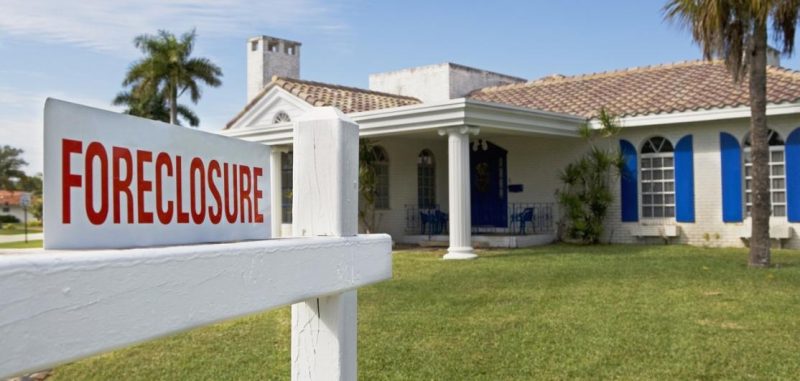A strong housing market over the last few years has put the foreclosure crisis in the rearview mirror, but many Americans are still haunted by their past housing challenges. New data shows that they should be able to comfortably leave their past behind them.
In 2018, there were more than 600,000 homes in foreclosure in the U.S., the lowest number since the days of the 2008 financial crisis. Foreclosures peaked at 2.9 million in 2010.
Homeowners who faced a foreclosure saw it ding their credit scores and impact their ability to buy real estate in the future. LendingTree researchers recently analyzed how credit scores trend after a foreclosure. They assessed the loan terms offered to borrowers with a foreclosure on their record compared to those without.
A foreclosure does not stay on a credit report forever, typically dropping off after at least seven years. Credit scores and loan terms tend to improve before those seven years are over. A foreclosure could cause credit scores to decline by 150 points or more. But many borrowers still maintain a high score afterward, LendingTree researchers found. Seven percent of borrowers end the year of foreclosure with a score above 680; 2% finish above 740.
Credit scores also tend to increase by about 10 points per year after a foreclosure, researchers note. More than 30% of consumers with a foreclosure on their credit file have a credit score of 640 or higher within a year of the foreclosure. That percentage jumps to 46% after three years.
Consumers who underwent a foreclosure are able to re-emerge as a home buyer in as little as two years. They tend to pay a premium, however. Borrowers with a credit score above 740 paid an average rate of 5.02% compared to 4.70% for borrowers who did not have a foreclosure on their record, according to the study. “The foreclosure dominates your credit score in the first two years after,” LendingTree researchers note in the study. “This is evident from interest rates not correlating to credit scores when borrowing two years after foreclosure. However, when borrowing after three years or more, the expected pattern emerges with higher credit score borrowers paying lower interest rates.”
Researchers note that a $250,000 mortgage faces an extra $17,135 in borrowing costs for borrowers with a score above 740 who take out a mortgage just two years following a foreclosure. But that falls to $4,580 for those who wait at least three years after a foreclosure to get a new mortgage.
Source: “The Cost of Foreclosure,” LendingTree (Sept. 4, 2019)













